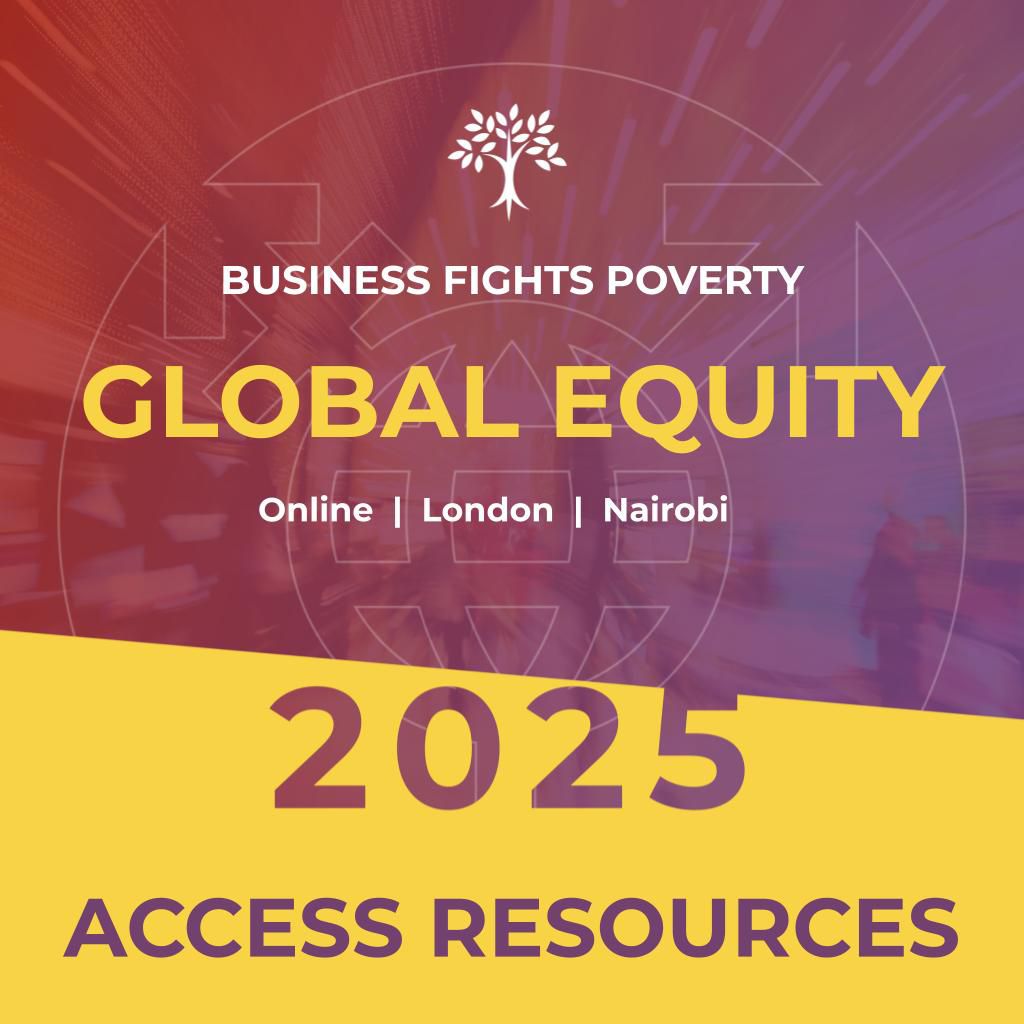Trade and investment are increasingly important tools for international development. Market openness is a critical factor in promoting growth, and openness to trade raises national incomes. If done properly, trade can have significant development impacts for national governments, small producers, and individuals. Yet U.S. policy for trade, investment, and development is seen as separate rather than complementary and integrated.
Obviously trade cannot exist within a vacuum. To promote development through trade, it must be supplemented by sufficient investment in human capital and infrastructure, the proper macroeconomic policies, and an active and supported labor market. The U.S. government has a large set of trade and investment tools that it can use more effectively to open new opportunities for small- and medium-sized producers, promote broad-based development, and ensure faster growth. But as of now, the U.S. government has no coherent strategy to do so.
Steps that the U.S. government can take to enhance the role that trade and investment plays in development, include:
- Focus on growing countries committed to business reforms. U.S. development agencies should codevelop trade and investment plans with countries that are committed to business- and investment-climate reforms that address their main barriers to growth. This might include countries such as Ghana, Tanzania, Namibia, Senegal, Gabon, and Mozambique in Africa, and Thailand, Indonesia, and the Philippines in Asia.
- Reenergize the Trade agenda with developing countries by using the full spectrum of trade tools.
- Strengthen Trade and Investment Framework Agreements. The U.S. government should strengthen the TIFAs it has with developing countries and identify countries that could benefit from an enhance TIFA. These should also focus on improving the investment and business climate to help increase private investment.
- Build on existing trade programs. The U.S. government should build on existing preferential trade programs—such as the African Growth and Opportunity Act (AGOA)—to make them more responsive to local economic conditions. With AGOA, the existing preferences should be expanded to place greater emphasis on light-manufactured goods and textiles.
- Strengthen Development-finance practices that can kick-start private investment. The U.S. government should strengthen its existing development finance tools—the Overseas Private Investment Corporation and the Development Credit Authority at USAID—in order to help developing countries attract greater private investment. This would include granting OPIC permanent authorization, giving it the ability to make equity investments, and linking it more closely with USAID provide technical assistance.
These steps will require a significant mind-shift for those charged with executing U.S. development policy, but they will not require either additional resources or the diversion of significant funds from other priorities. They pay off though could be significant growth for developing countries and new trading partners for the United States.
This blog is part of a 6-part special with the Center for Strategic and International Studies (CSIS). Follow CSIS on Twitter (@CSIS).










